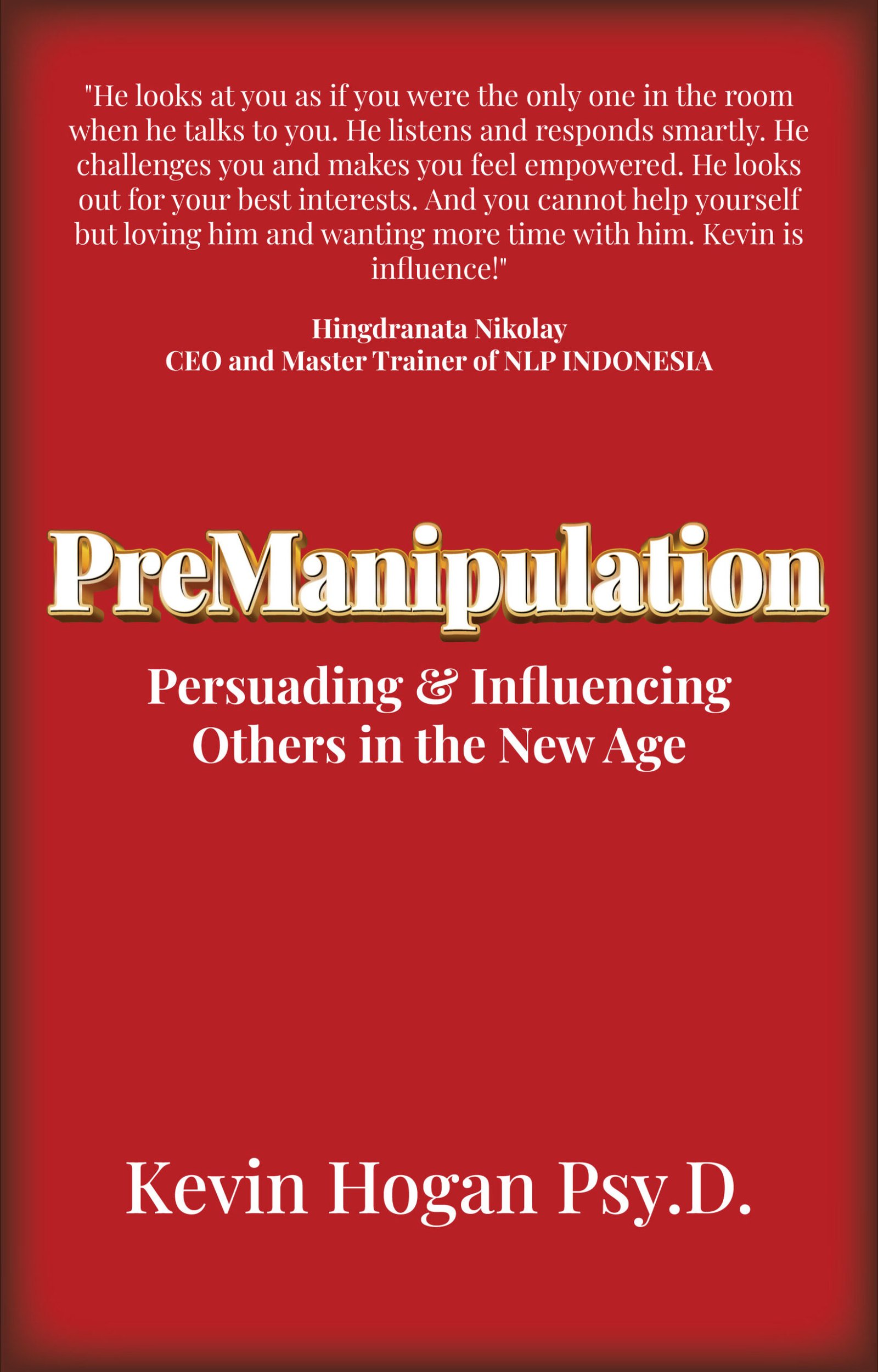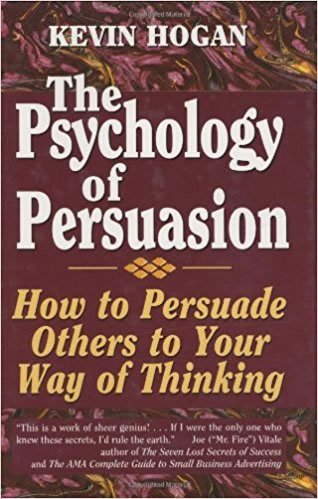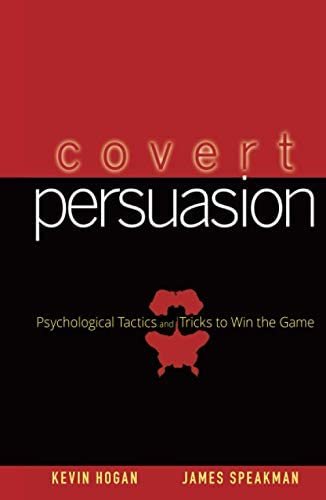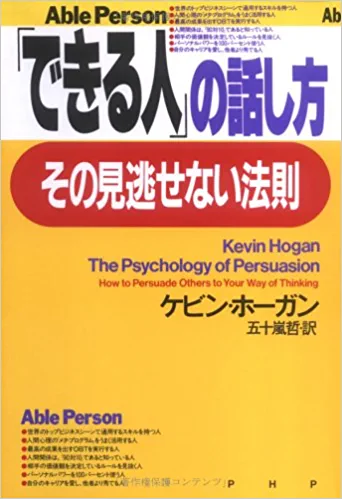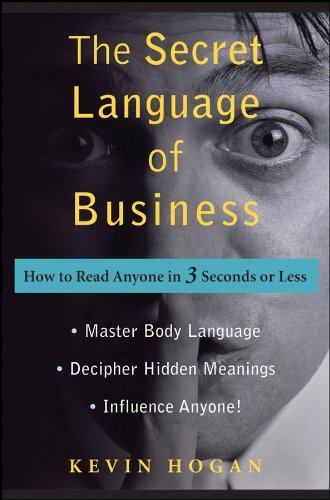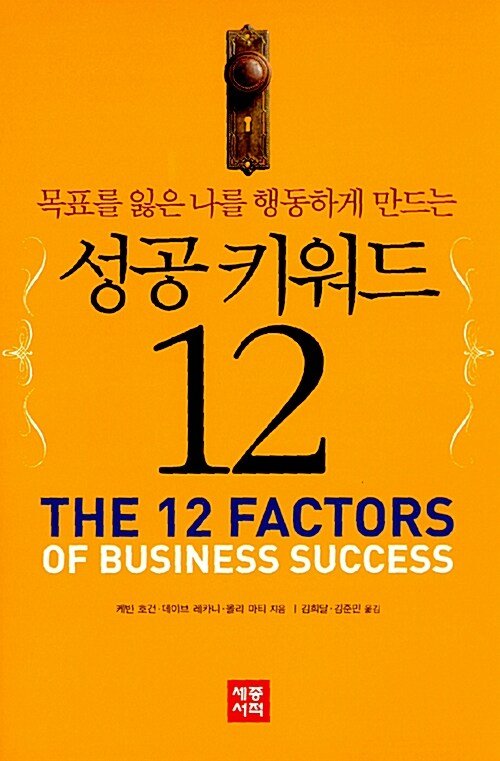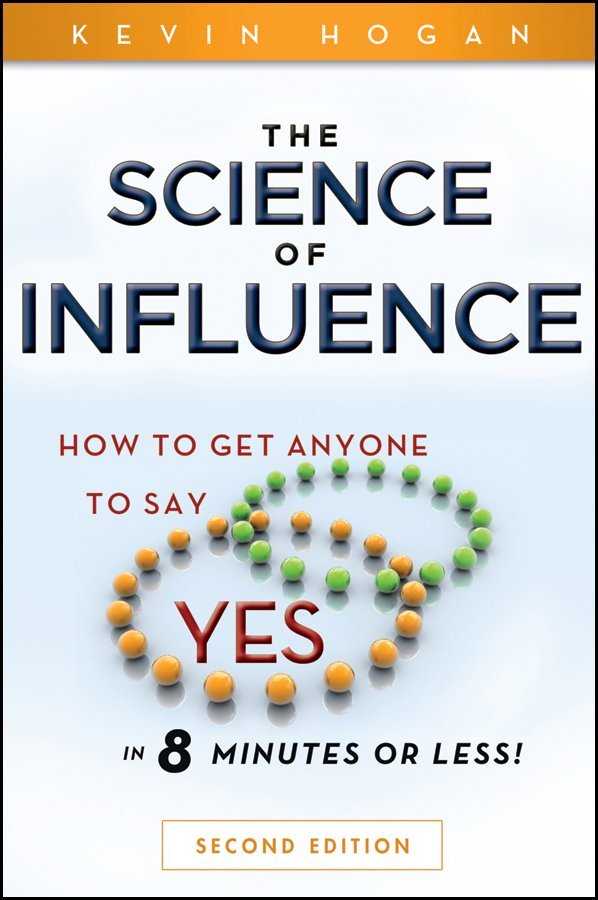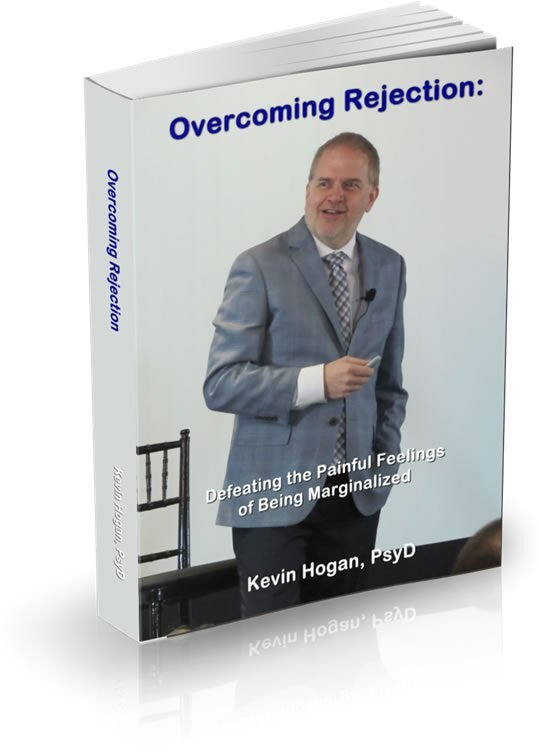(Bonus: Free $10,000 Key…that I have shared with numerous companies…now yours free for reading…use it wisely.)
You can’t persuade someone if you can’t get in front of them to communicate your message. For hundreds and thousands of years business, merchants, therapists and sales people have used the foot in the door technique to gain access to the person who can say “yes.” Does it really work as well as salespeople think???
You already know that every persuasion and influence strategy that works in selling works in therapy…works in marketing…well you get the idea. We tend to say “yes” or “no” based upon the interaction of certain measurable variables.
I favor any strategy in the field of influence that is tested and proven to be effective. This week I want to share two powerful techniques that increase your chances of getting the result you want.
FITD Technique
The Foot In The Door technique is a simple concept. The idea is to get your client/customer to say “yes” to a simple and small request immediately before asking for a BIG “yes.”
Remember the old days when an encyclopedia salesman would come to the door offering a free three book set including a thesaurus, dictionary and grammar book if you simply listened to his presentation about his encyclopedias? I do. I still have the Britannica in the office. This is the perfect example of the foot in the door technique. You ask your client/customer to say “yes” to a small request so that you can have an opportunity to ask your customer to say “yes” to a large request.
Effective?
More than you know!
Foot in the door strategies are the strategies that have sold billions of dollars of time sharing (one of the worst investments you can make…though it can be fun!). How? Most resorts will ask you to give them 90 minutes of your time in exchange for a free television, tickets to Disneyworld or a free weekend at the resort. The 90 minutes they want is a structured high pressure presentation designed for the person who has predetermined that, “There is no way that we will buy.” The strategy has been effective for decades.
Pharmaceuticals are getting their foot in the door in a positively brilliant fashion now. Instead of having doctors give away free samples, many pharmaceuticals are having the doctor give the patient a free prescription coupon redeemable at the pharmacy and all the doctor has to do is write the script. The pharmaceutical wins big because not only is the script written but the script is at the pharmacy where all that needs to be done is call in for a refill when the prescription is used. Absolute brilliance that didn’t always work when the MD was giving free samples to the patient.
All of this sounds good, but what’s the research reveal?
Research shows that using FITD can increase compliance in many situations by as much as 100-200%! Here are a few facts that have been discovered:
1) The larger the first request that is agreed to, the more likely the person/company is to say “yes” to the second and more important request.
$10,000 Gift for You. (I got paid $5,000 for this…on more than one occasion…)
This was borne out with one company I consulted with that used coupons to discover which coupons would draw more people and what the retention rate of each coupon was. The discovery was that the higher the price paid on the first coupon, the larger the retention. The lower price/greater discount on the coupon had a much higher usage rate but a much lower retention rate. Read this 10 times and calculate the implications for your situation!!!!
2) Do not use MONEY to induce compliance to the first request. When this is done, the Foot in the Door Technique does NOT work.
3) The receiver of the Foot in the Door must actually DO something not SAY they will do something for FITD to be effective. (Burger 1999)
Always remember: What people say and think they will do bears little relationship to their actual actions. It’s not that people are ill willed or have bad intentions, people simply are lousy predictors of their future actions. In fact, simply go with this: What people say they are going to do is relatively meaningless. Observe what people have done in the past and you can predict what they will do in the future with greater accuracy than by asking what they intend to do in the future.
4) If the request has some prosocial aspects (Dillard 1984) people are sometimes significantly more likely to comply than in situations that are clearly for profit only.
The Foot in the Door Technique is one of the most powerful persuasion techniques and there are REAMS of research studies in the literature that prove this beyond a shadow of a doubt. It’s time to start putting together a plan on some level as to how you and your business/company can utilize the FITD technique now!
Where Can You Find More Information Like This?
Science of Influence: The Master’s Home Study Course CD Set Volumes 1-12
by Kevin Hogan
Here are just some of the incredible things you will learn when you receive the first 12 cds in the series:
- Discover which of the desire to gain or the fear of loss is TRULY the far greater motivator and how to harness that power in your persuasive messages.
- Learn what may be the single most important element of influence you have ever been introduced to. I have NEVER released this information on audio, video or in manual form
- Discover how skeptical and non-skeptical people perceive and respond to persuasive messages in a VERY different fashion. (Hint: If you don’t know this information you will automatically lose almost 1/4 of all of your encounters.)
- Ethical techniques to hypnotically enter another person’s mind and reshuffle their deck!
- The one way that reciprocity can blow up and completely backfire.
- How to prepare your unconscious mind to always present the right body language at the right time.
- There is one KEY factor in making your clients decisions permanent: Here it is!
- How to specifically use Hypnotic Confusion in influential messages.
- The One Question that someone MUST say “Yes” to every time!
- The most effective non-coercive way to gain compliance on record.
- How do you create metaphors…based upon the person/audience you are speaking to?
- So much more!

